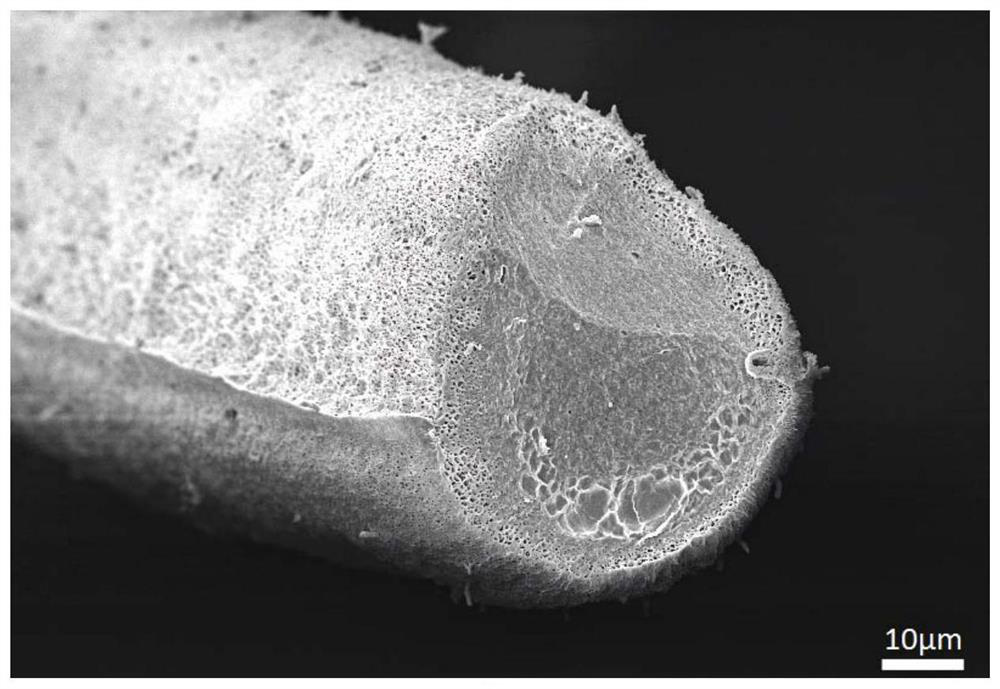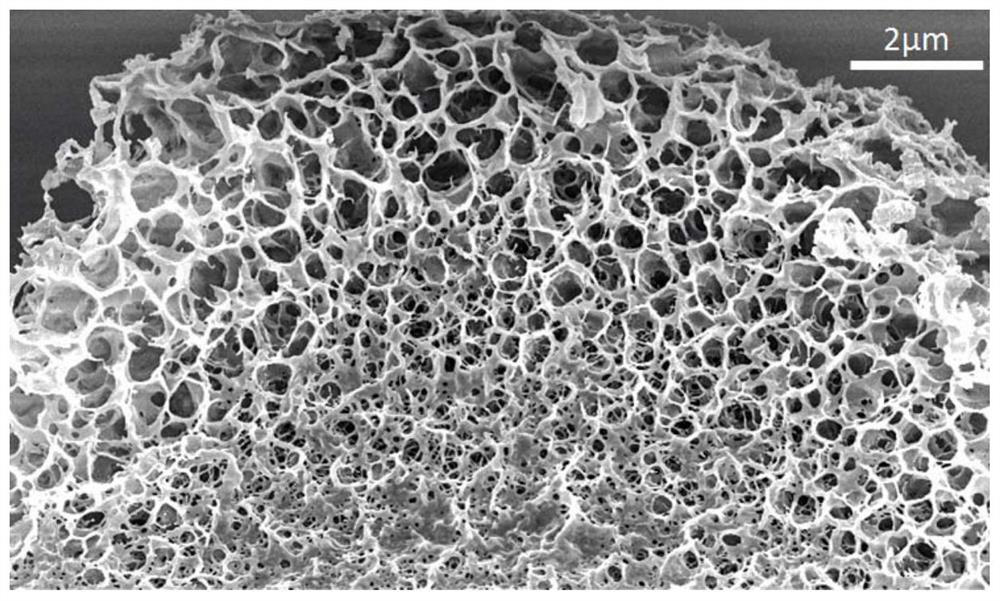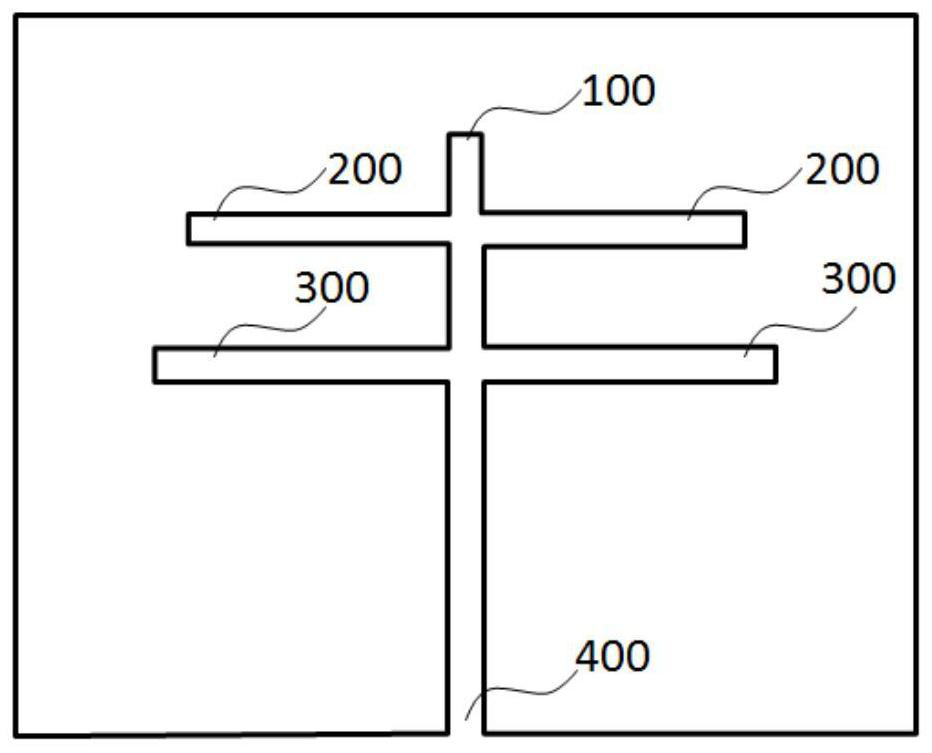A kind of sponge fiber, preparation method and application
A fiber and sponge technology, applied in the field of sponge fiber and preparation, can solve the problems of limited application scope, low mechanical properties, and single structure.
- Summary
- Abstract
- Description
- Claims
- Application Information
AI Technical Summary
Problems solved by technology
Method used
Image
Examples
Embodiment 1
[0076] The present embodiment prepares a kind of sponge fiber, and the concrete process is:
[0077] S1. configure the mixed aqueous solution of phytic acid and sodium sulfate, obtain mixed aqueous solution I, wherein the concentration of phytic acid is 7.5wt%, and the concentration of sodium sulfate is 5wt%;
[0078] S2. take by weighing 80g lithium hydroxide and 150g urea, add 770mL ultrapure water, after stirring and dissolving, get mixed aqueous solution II;
[0079] S3. Place 500 g of mixed aqueous solution II (solvent) and 29.1 g of cotton linters (natural cellulose) at -25°C for 2 hours, respectively;
[0080] S4. Mixing and stirring (rotating speed 1500rad / min, time 5min) of mixed aqueous solution II after step S3 cooling and cotton linters, obtain transparent cellulose solution;
[0081] S5. Centrifuge the cellulose solution obtained in step S4 to obtain supernatant A, wherein the centrifugal speed is 8000 rad / min, the time is 30 min, and the temperature is 0°C;
[...
Embodiment 2
[0089] The present embodiment prepares a kind of sponge fiber, and the difference between the specific process and embodiment 1 is:
[0090] (1) in step S6, the addition ratio of crosslinking agent epichlorohydrin is 1.5mL crosslinking agent / 200g supernatant A;
[0091] (2) In step S8, the advancing speed of the cooled supernatant B is 220 μL / min; the advancing speed of the mixed aqueous solution II is 500 μL / min; the advancing speed of the mixed aqueous solution I is 500 μL / min.
[0092] (3) In step S10, the drying method is freeze-drying, and the time is 3h.
[0093] The SEM image of the sponge fiber obtained in this example is as follows Figure 4 shown.
Embodiment 3
[0095] The present embodiment has prepared a kind of sponge fiber, and the difference between the specific process and Example 2 is:
[0096] (1) in step S3, the cotton linters quality is 31.9g;
[0097] (2) in step S6, the addition ratio of crosslinking agent epichlorohydrin is 3mL crosslinking agent / 200g supernatant A;
[0098] (3) in step S6, stirring time is 2h;
[0099] (4) In step S8, the advancing speed of the cooled supernatant B is 150 μL / min; the advancing speed of the mixed aqueous solution II is 300 μL / min; the advancing speed of the mixed aqueous solution I is 400 μL / min;
[0100] (5) In step S10, freeze-drying is performed for 6 hours.
[0101] The SEM image of the sponge fiber obtained in this example is as follows Figure 5 shown.
PUM
| Property | Measurement | Unit |
|---|---|---|
| diameter | aaaaa | aaaaa |
| strength | aaaaa | aaaaa |
| water absorption | aaaaa | aaaaa |
Abstract
Description
Claims
Application Information
 Login to View More
Login to View More - R&D
- Intellectual Property
- Life Sciences
- Materials
- Tech Scout
- Unparalleled Data Quality
- Higher Quality Content
- 60% Fewer Hallucinations
Browse by: Latest US Patents, China's latest patents, Technical Efficacy Thesaurus, Application Domain, Technology Topic, Popular Technical Reports.
© 2025 PatSnap. All rights reserved.Legal|Privacy policy|Modern Slavery Act Transparency Statement|Sitemap|About US| Contact US: help@patsnap.com



